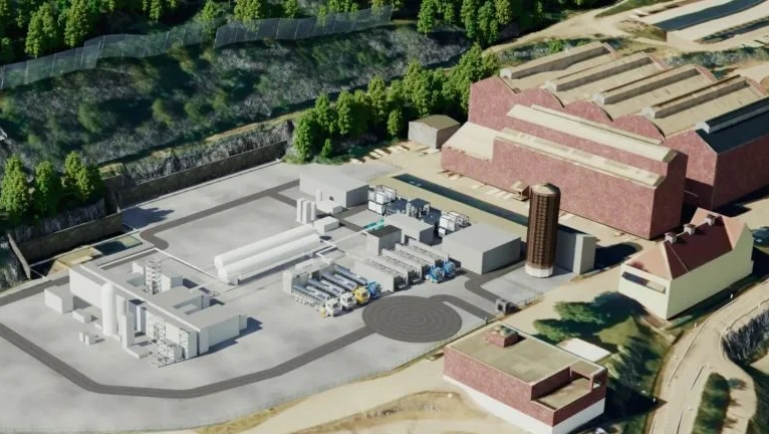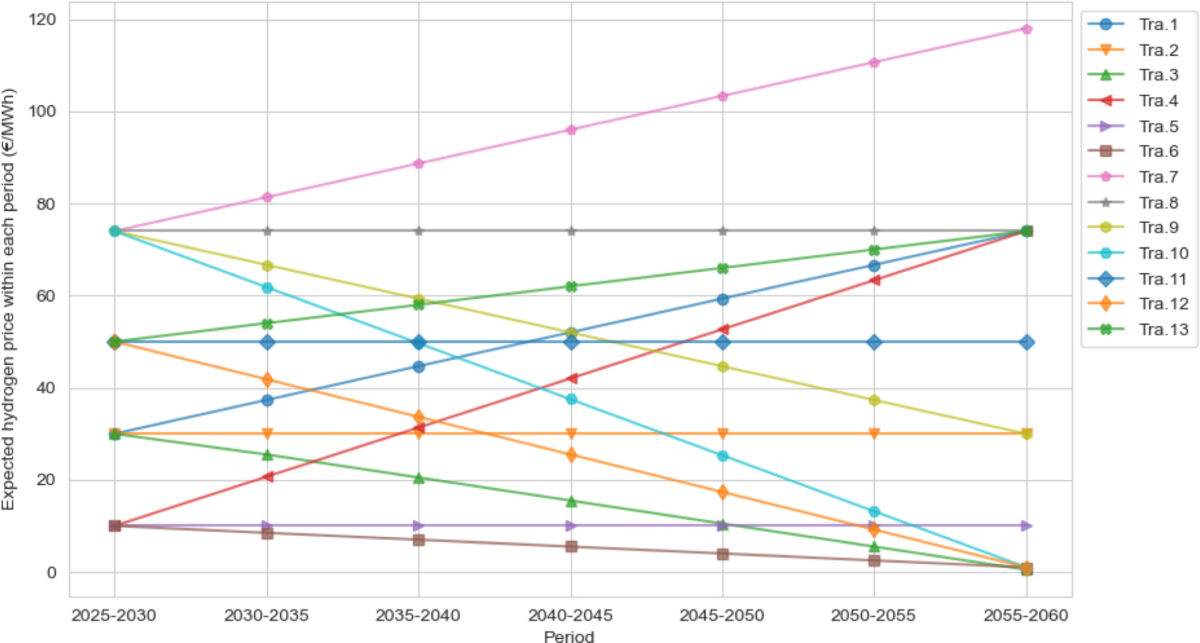
Texas, the country’s most competitive and freewheeling energy market, is also a major player in renewable energy, from its already mighty wind sector to its rapidly growing utility-scale solar sector.
But for distributed energy resources like rooftop solar, behind-the-meter batteries, grid-responsive electric vehicles or advanced energy management controls for homes and buildings, it’s a far less friendly market.
Outside of municipal utilities like those in Austin and San Antonio, and a handful of retail energy provider offerings from MP2 Energy (now part of Shell), Texas utilities don't offer net metering, value-of-solar tariffs or other mechanisms for customer-owned solar to make money. That’s limited the spread of rooftop solar compared to states like California, Hawaii or Arizona that have seen it become a significant contributor to the grid at large.
And while Texas is becoming a hotbed for utility-scale solar-plus-battery projects, it remains a highly challenging market for most other forms of energy storage. Among other hurdles, investor-owned transmission and distribution utilities are barred from owning batteries, the result of losing court challenges to generator groups that see them as unfair competition. A bill that would have remedied that situation faltered in the Texas legislature this year, forcing advocates to wait until the next legislative session in 2021.
The Public Utilities Commission of Texas took up the distributed energy issue last year with a rulemaking to “address the use of non-traditional technologies in electric delivery service.” This wide-ranging docket included the issue of utility-owned battery storage. But in early 2019, the PUCT put that work on hold to await state lawmakers’ decision on the storage bill, and has yet to signal when it might take it back up.
Texas grid operator ERCOT, meanwhile, only allows distributed energy resources (DERs) to participate at aggregations of at least 1 megawatt. The vast majority of the roughly 1,300 megawatts of “registered” DER participants in Texas are natural gas and diesel-fired generators. Various stakeholder efforts to expand market access to DERs in smaller aggregations or across disparate sites have failed to move forward in recent years.
Texas may be missing out by failing to take advantage of what DERs could offer, however.
The amount of “unregistered” solar power in ERCOT’s system, almost all of it rooftop solar installations, more than doubled from 2016 to 2018 to reach nearly 400 megawatts, indicating that falling solar prices are driving customers to adopt rooftop PV despite the lack of net metering in most of the state. This could make it a significant part of the state’s electricity supply-demand balance — and one that grid operators and utilities will likely want to manage proactively.
And the state’s energy-only markets could be well suited for DERs that can target their excess generation or demand reduction to the rare times of the year when Texas’s energy prices spike wildly, as they have over the past two summers. That could include behind-the-meter batteries on their own or linked with rooftop solar, as well as demand response from smart thermostats, grid-responsive air conditioners and water heaters, and the like.
Missing out on the multibillion-dollar DER value stack?
This week, the Texas Advanced Energy Business Alliance trade group released a report aimed at capturing the potential value of these DERs. Based on analysis from Demand Side Analytics, the report predicts that DERs could save Texans billions of dollars a year in unnecessary energy costs over the coming decade, across two key areas — deferring transmission and distribution (T&D) grid upgrades and providing support during the state’s peak pricing periods.
In terms of grid costs, the report projects that Texas utilities spent $40.6 billion on T&D infrastructure in the past 10 years. Taking the natural growth of DERs into account could allow Texas utilities to shave up to $344 million per year, or about $2.6 billion over 10 years, from what they’d otherwise have to spend on new or upgraded grid infrastructure over the next 10 years, for an 8.5 percent decrease in annual T&D costs, the report claims.
And in terms of market impacts, the report suggests that just 1,000 megawatts of DER resources, or roughly 1.2 percent of the state’s peak load, could help decrease electricity costs by about $3 billion over the next 10 years — if those DERs are capable of easing the conditions that lead to Texas’s market price spikes.
Added together, that’s $5.47 billion over 10 years, or $456 per household, according to the report. While those projections do rely on certain assumptions about the types of DERs being deployed, “some of the assumptions are pretty conservative,” Suzanne Bertin, managing director of Texas Advanced Energy Business Alliance (TAEBA), said in a Thursday interview.
But neither of these potential value streams can be fully captured unless Texas changes the way it managed DERs, she said. “We’re really trying to get down to that value that Texans are missing out on."
TAEBA and Demand Side Analytics aren’t alone in coming to these conclusions. This spring, a report from The Brattle Group, funded by the Texas Clean Energy Coalition, noted that DERs are growing rapidly in Texas. ERCOT is working on several initiatives that could better recognize their value to its grid, including shifts from zonal to nodal pricing for registered DERs.
But “if ERCOT had no visibility of DER, as DER grows it could make load forecasting less accurate and lead to increased load uncertainty,” the report states.
Without more visibility into the DERs on the distribution systems of Texas utilities, ERCOT won’t even be able to anticipate how growth in rooftop solar, behind-the-meter batteries, electric vehicles and other DERs will affect its net load across the state.
Beyond taking the steps to at least know where DERs are appearing on its system, ERCOT sees value in incorporating them into its future. According to its 2016 Long-Term System Assessment, high penetrations of distributed generation and energy efficiency — DERs offering supply and demand services, respectively — could lead to a 3 percent decline in peak demand growth over the next decade, compared to a 10 percent increase under a business as usual scenario.
What’s missing
TAEBA, which includes big renewables buyers Google and Microsoft and two dozen renewable energy developers, energy technology vendors and efficiency contractors, has been promoting more DER-friendly policies for the state. “The results of this study provide support for pursuing those policy options,” Bertin said.
For example, in its November 2018 comments in the PUCT’s “non-traditional” technologies rulemaking, TAEBA suggested that utilities be asked to seek out DERs as non-wires alternatives to traditional grid investments. NWAs are one mechanism to insert DERs into the traditional utility grid planning and investment processes, although as we’ve noted in our ongoing coverage, they’ve yielded mixed results in the states like California, New York and Hawaii where they’re being pushed the hardest.
“We would ultimately like to see the commission take up that rulemaking again and really start to look at some of the options around non-wires solutions. In particular, it would be critical to increase the transparency around the T&D planning process,” Bertin said — an issue that’s also come to the fore in NWA vanguard states.
TAEBA also proposed that PUCT focus on a regulatory framework that allows the competitive market to propose solutions to the state’s electricity system’s problems. “While we need traditional infrastructure, we also need to ensure we’re fully optimizing all the assets our customers are installing,” she said.
In cases where NWAs aren’t appropriate, TAEBA proposes that PUCT ask utilities to suggest “a regulated solution such as physical assets and non-traditional technologies including microgrids, DR and battery storage.”
Bertin also noted that this year’s legislation tackling utility ownership and rate-basing of batteries, Senate Bill 1941, passed both the Texas Senate and Assembly before failing to advance in the final days of this year’s legislative session, indicating broad support for its goals.
“That bill would have clarified that utilities cannot own storage, and that it must be made available through competitive markets,” she said. That’s important for TAEBA members such as Stem and Enel X that offer behind-the-meter batteries.
At the same time, it would have allowed utilities to contract with competitive providers for storage services to address grid needs and to let them to earn a rate of return on those contracts, she said. That that could enlist utilities’ financial strengths, such as access to cheap capital, as a means to to support, not stymie, the opportunities for behind-the-meter energy storage vendors, she noted.
“Given the fact that there was legislation that came so close to passing last session, I think everybody recognizes that technology is coming on strong here,” she said. “It’s hard to keep up with the rapid pace of technology. We’re probably already a little bit behind.”







